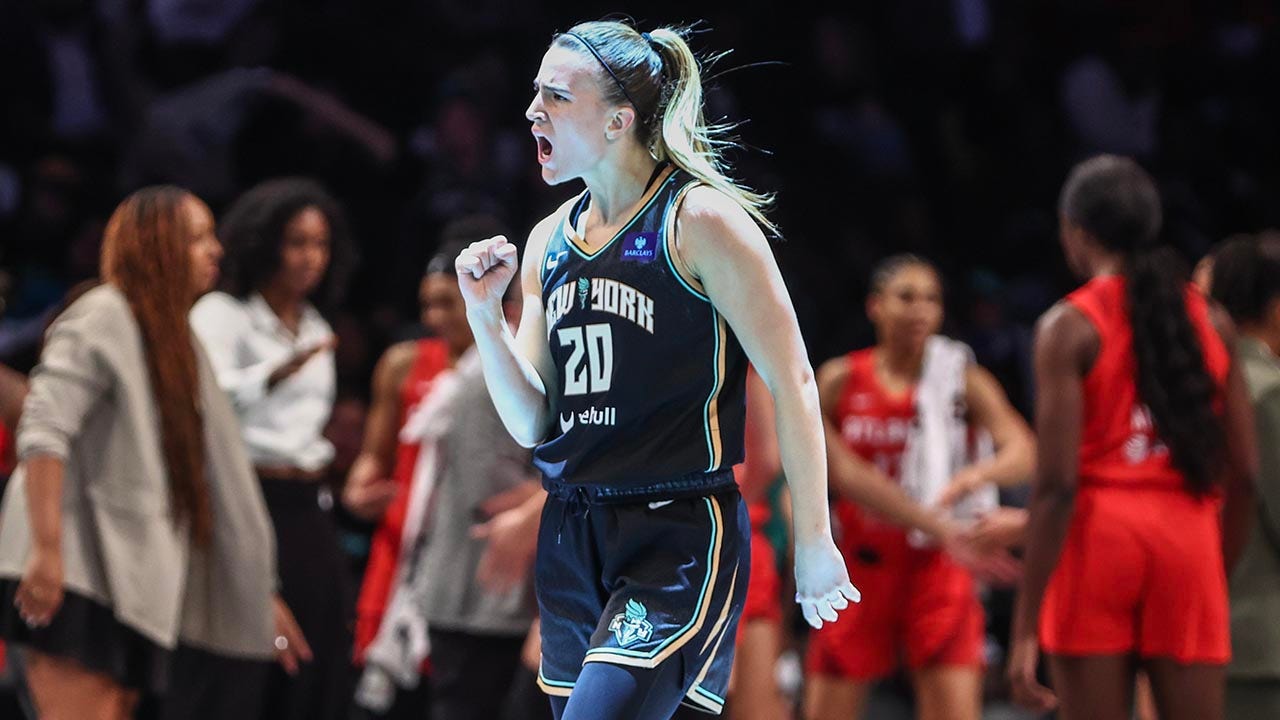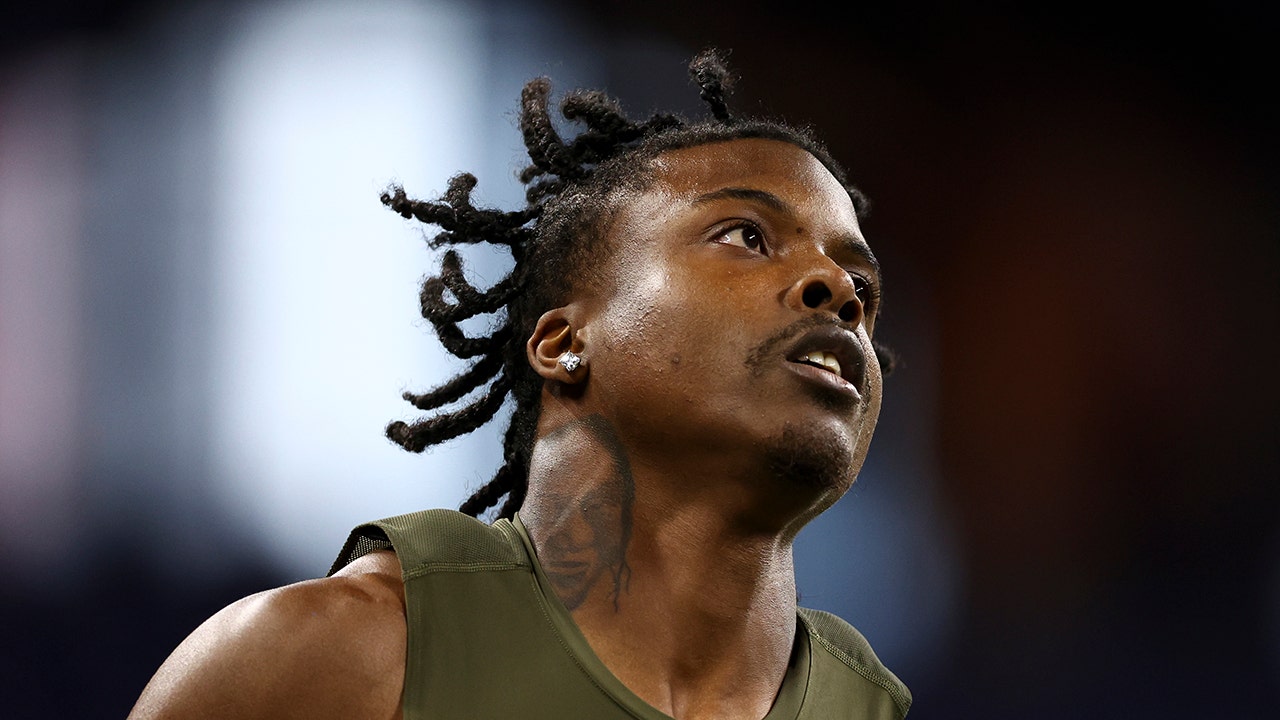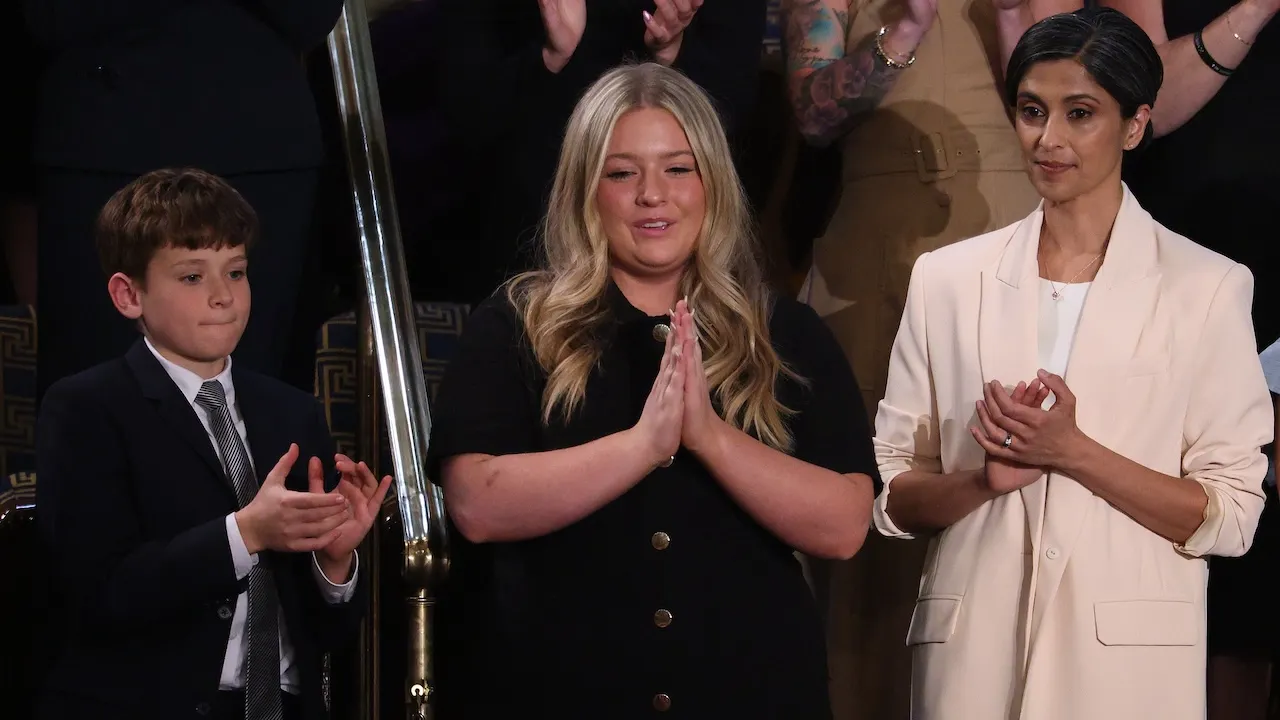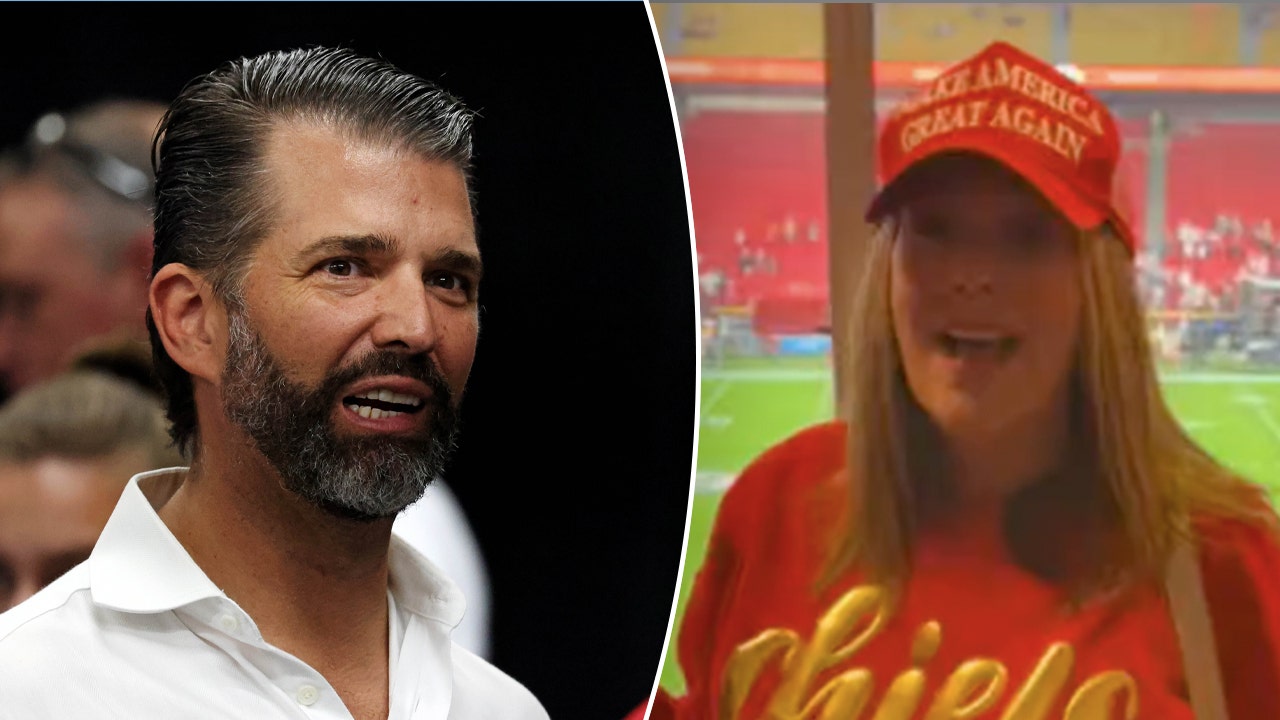A decade ago, then-Pirates general manager Neal Huntington presented ownership with plans for $8 million in upgrades to the club’s spring training facilities in Bradenton, Fla. The project would include constructing a 12,240 square-foot performance center to replace a weight room a tenth that size, and expanding a home clubhouse that was the oldest remaining building at a ballpark built in 1923.
Huntington asked for additional funds from ownership to cover the cost. Owner Bob Nutting, according to three sources, told Huntington the money would have to come out of the existing baseball operations budget, which covers everything from scouting to player development to salaries. The $8 million ultimately was drawn over time from the major league payroll.
“That’s what happens,” a former front-office employee said. “Bob is still Bob.”
Nutting, whose family made its money owning newspapers before buying a ballclub and ski resorts, has always asked his management team to do more with less. The Pirates’ 76-win 2023 campaign was 14 wins better than 2022, but still marked their fifth consecutive losing season. Regardless, Nutting says he expects a “meaningful step forward” in 2024. “We collectively believe we can compete for the division and a postseason berth,” he told The Athletic.
But as Ben Cherington, who replaced Huntington, enters his fifth season as Pirates GM, the Pirates are projected to finish last in the NL Central. Their farm system is ranked ninth by The Athletic’s Keith Law, but the Brewers, Cubs, Cardinals and Reds also are in the top 15. And though the Pirates have signed seven free agents this offseason, every other team in the division has spent more.
To win with a low-budget model requires excelling in all areas of player development. But conversations with more than 20 current and former players, coaches and club officials, some of whom were granted anonymity in order to speak freely, revealed numerous issues plaguing the Pirates: Years of misses in the draft and amateur international market. Conflicts between old- and new-school philosophies in the coaching ranks. Distrust among some players in the development process, including a situation last season in which third baseman Ke’Bryan Hayes secretly sought help from the Pirates’ then-Double A hitting coach, who the team let go a short time later. Most of all: A front office handcuffed by a frugal owner.
Nutting, whose estimated worth is $1.1 billion, became the club’s principal owner in 2007. Since then, the Pirates have had a bottom-five Opening Day payroll all but three years: 2015 (24th of 30 clubs), 2016 (20th) and 2017 (24th). The four largest contracts in club history — Bryan Reynolds, Hayes, Jason Kendall and Andrew McCutchen — combined are still almost a half million short of the $288.7 million the Royals recently guaranteed Bobby Witt Jr.
“I’ve been in some meetings where my jaw dropped because we had to wait a day to trade a guy because it was going to save us $30,000,” a former instructor said. “I was like, ‘Oh my God, I can’t believe I’m hearing this.’ This is a $10 billion industry.”
The Pirates ended two decades of losing and made the playoffs in 2013, 2014 and 2015, but the fact that they began 2016 with their highest payroll ever, $99.9 million, obscured the fact they’d lost a parade of veterans without adding any impact players. Payroll declined in each of the next five seasons, dropping as low as $45.2 million in 2021. Players felt Nutting had a chance to double down on winning after 2015, and didn’t.
“He pulled out so quick,” a former player said. “He was kind of comfortable stepping back and being mediocre. That permeates. That’s just what the organization is.”
Pirates team president Travis Williams, in introducing Cherington as Huntington’s replacement in November of 2019, said, “We needed to find a great baseball mind to crack the code in order to be successful in a market like Pittsburgh within the economics of baseball. Others are doing it. We will do it.” Cherington, working under different financial circumstances, had led the big-market Red Sox to a World Series title in 2013.Nutting had cleaned house — parting with Huntington, manager Clint Hurdle, president Frank Coonelly (who resigned), and more than $10 million in buyouts — because he felt the Pirates had fallen behind. He cited more creative, dynamic and innovative models working in Tampa, Milwaukee and Houston. “We need to be back out on the cutting edge,” Nutting said.
The club Cherington inherited in Pittsburgh had been weakened by missing on high draft picks, whiffing entirely in the international amateur market, and failing to transition prospects into big leaguers. For Cherington, cracking the code meant reversing all of this.
But many of those issues remain.
In 2011, the Pirates spent a record $17 million in the draft, shattering the league’s previous high by more than $5 million, and landed Gerrit Cole (first overall), Josh Bell (second round), Tyler Glasnow (fifth round) and Clay Holmes (ninth round).
The league introduced bonus pools the following year to curb draft spending, and since then the Pirates have had shockingly little draft success. Of the 71 players they have drafted in the top five rounds and signed since 2012, only four have produced at least 1 WAR for the Pirates: Hayes (12.5 WAR), Mitch Keller (4.1), Kevin Newman (3) and Jared Triolo (2.1). The Orioles have drawn more total value from just their top two draft picks in 2019: Adley Rutschman (9.6 WAR) and Gunnar Henderson (7.1).
Under Cherington, the Pirates have spent 14 of their 21 picks in the first five rounds on pitchers, so their farm system is now front-loaded with arms, led by last year’s No. 1 overall choice, Paul Skenes. That approach makes sense; starting pitching is the most expensive asset to acquire in today’s game. But few position player prospects are prepared to fill out the lineup. Termarr Johnson, the No. 4 pick in 2022, projects to be a future starting second baseman. But serious questions persist about whether Henry Davis, the No. 1 pick in 2021, has either the defensive ability to stay at catcher or the bat to stick in a corner outfield spot.
Cherington believes the Pirates will end up with multiple major-league contributors from his four drafts, and possibly more. Yet in November, the team reassigned Joe DelliCarri, who had run its drafts since 2012, to a new position and hired Justin Horowitz, who had been with the Red Sox, as director of amateur scouting.
On the international side, the club has not developed an amateur free agent into a consistent impact player since Starling Marte, who first signed in 2007.
This truly is remarkable.
Total WAR accumulated by Pirates’ International FA classes (WAR leaders in parenthesis):
2010: 0.4 (Dilson Herrera)
2011: 3.9 (Harold Ramirez)
2012: -0.1 (Dario Agrazal)
2013: 0.6 (Edgar Santana)
2014: 0.2 (Yerry De Los Santos)
2015: -0.6 (Rodolfo…— Jim Rosati
(@northsidenotch) January 16, 2024
“It is incredibly difficult to find and project players at such a young age within Latin America,” said Nutting, noting that “we know that we need to be excellent in identifying, acquiring and developing players in Latin America.”
Nutting said the Pirates are among the top few MLB clubs in spending on development. While those numbers are not publicly available, team sources found that assertion to be credible. But, too often, that spending has not resulted in prospects becoming big leaguers.
Like Huntington, now a Guardians special assistant, Cherington’s regime has struggled to transition prospects to the big leagues: Nick Gonzales, Quinn Priester and Roansy Contreras, among others. Their clearest development win is Keller. The former top prospect had 6.12 ERA in his first 46 big league starts, and has a 3.83 ERA in 54 starts since then. He was an All-Star in 2023.
And yet the velocity spike and arsenal change that unlocked Keller’s ceiling came from an independent pitching lab in North Carolina.
Most Pirates who achieve success are traded before they reach free agency. A former team employee recalled a strange sense of urgency in the front office in January 2018 to trade Cole, the staff ace who still had two years of club control remaining. “It was a little frantic,” the evaluator said. “That was the priority. It was like, why?” The Pirates traded Cole and his $6.75 million salary to Houston for four players, but no top prospects. “It was almost like, we have to get rid of that money,” the evaluator said.
Cole, now the Yankees’ ace and reigning AL Cy Young winner, has spent more of his major league career out of Pittsburgh. But he’s sentimental about the three playoff seasons he experienced there.
“I saw how much the Pirates mean to the city and the people of Pittsburgh,” Cole said. “I so badly want them to have that relationship with their team again. It just means so much to those fans. It really does.”

Ke’Bryan Hayes hit .318 with 10 homers and a .933 OPS in almost two months working with minor-league coach Jon Nunnally. (Alex Slitz / Getty Images)
The secret sessions that saved Ke’Bryan Hayes’ 2023 season took place at a private hitting facility in the Pittsburgh area. The Pirates third baseman was on the injured list last July, stewing about being a below-average hitter since 2021, when he decided to take action.
“I was trying this and that,” Hayes said, “and it wasn’t working. I was just like, I don’t feel like being frustrated anymore.”
So he called “Nunns.”
Jon Nunnally, a former big league outfielder, was the hitting coach at Double-A Altoona, the Pirates affiliate about 100 miles from Pittsburgh. When Nunnally, 52, joined the organization in 2019, Hayes’ father, Charlie, an old acquaintance and 14-year major-league veteran, told Ke’Bryan: “He knows what he’s talking about.”
Pirates hitters long had lobbied to work with Nunnally. One former player said, “Everyone in the organization had been going to him for (information) forever.”
“He barely knows how to turns on his computer,” a former instructor added, “but that son of a gun can teach approach.”
Ke’Bryan Hayes and Nunnally first worked together at the Pirates’ alternate site in 2020. Hayes, 27, debuted that September and was National League Rookie of the Month. After only limited contact with Nunnally in 2021 and 2022, Hayes said he made it clear to the club that he would work again with the coach last spring. But once the season began, Nunnally returned to the minors and Hayes struggled anew.
In August, he started meeting weekly with Nunnally. In Hayes’ mind, reuniting with Nunnally after he had slumped in the first half made perfect sense.
“I didn’t want to ruffle any feathers,” Hayes said. “But then it got to a point where it’s just like, you know what? This is my career. At the end of the day, I’ve got to do what’s best for me.”
Both Hayes and Nunnally said they took pains to keep their sessions confidential. “No one really needed to know about it,” Hayes said of his time with Nunnally. “He was secretly helping me help the team. So it helps everybody. That was the way I looked at it. No harm, no foul.”
The sessions proved fruitful. In almost two months working with Nunnally, Hayes hit .318 with 10 home runs and a .933 OPS.
Cherington declined to comment on Nunnally specifically, but said the Pirates are not necessarily opposed to players working with personal coaches. “Many, many major-league players work with different coaches at different times of the year. We support this and we’ve seen many examples of effective collaboration between our major-league coaches and other perspectives,” he said.
However, Nunnally said when the Pirates eventually learned of the sessions, “For sure they were upset.” And when word that the star infielder sought help from a minor league coach was reported by the Post-Gazette, it looked to some like going behind the back of Pirates hitting coach Andy Haines, who already was taking heat from the fanbase for the team’s offensive collapse.
“I didn’t want to cause any problems for anyone,” Nunnally said.
But then, during the last week of the regular season, the Pirates let Nunnally go.
Hayes, who in April 2022 signed an eight-year, $70 million contract, the second largest in franchise history, said he conveyed to Cherington and manager Derek Shelton that he was upset by Nunnally’s departure. His relationship with the coach will continue; Nunnally, after turning down an offer to be Double A hitting coach for the Nationals, said he plans to work privately with Hayes and others.
The move, part of a trend under Cherington of replacing some veteran instructors with less experienced, more analytically savvy replacements, reflected a divide in the Pirates’ approach to player development. (A number of executives and instructors left voluntarily.)
“We had guys who lacked — and when I say lacked, it’s an understatement — experience in leadership,” a former instructor said.
“I’m not saying you need 10 years in the big leagues to be qualified,” a player said, “but you do need to have a certain level of teaching, understanding and communication that fit for players at the professional level.”

Gerrit Cole started the Pirates’ last postseason game in front of a packed PNC Park in 2015. The team has only finished above .500 once since then. (Jared Wickerham / Getty Images)
Before the start of the 2021 Triple-A season, the Pirates asked outfielder Jared Oliva, shortstop Cole Tucker and infielder/outfielder Kevin Kramer to remain at their spring-training site in Bradenton, Fla., for what they called “hitting school.”
Oliva, Tucker and Kramer all had struggled in the majors as hitters. The Pirates wanted them to work with Bart Hanegraaff, a native of the Netherlands who joined the organization under Huntington as a consultant and in 2020 received a promotion from Cherington to be “head of methodology.”
Hanegraaff, 35, specializes in training players to move their bodies more efficiently, employing methods taught by Frans Bosch, a movement expert the Pirates have used to instruct their coaches. Under Cherington, Hanegraaff rose to greater prominence, emerging as an influential voice in the Pirates’ hitting program.
Tucker, skeptical of Hanegraaff’s teaching, told the team he would only remain in Bradenton if Nunnally accompanied him, according to Nunnally and two other sources. Nunnally monitored as Hanegraaff ran the players through core exercises, twists, jumps and aqua bag workouts.
“I was there to just watch,” Nunnally said. “All I could do was say, ‘Listen, it’s great that you can do all these movement things. But you’ve still got to be able to perform in a game. The plan and approach has got to be there.’”
The Pirates at the time did not reveal the sessions to the media, advising the players to keep them “hush-hush.” The sensitivity on all sides highlighted the growing tension in the organization as Cherington introduced new coaches and concepts.
While declining to comment specifically on Hanegraaff or any other employee, Cherington said, “We’re fortunate to have a lot of great expertise in our coaching group and we aim to be open and inclusive about where that expertise comes from.” He added, “While playing games in the minor leagues will always be important, there are times when stepping away from the games and engaging in some intentional practice can have great benefit.”
Some players, however, lost trust in the Pirates’ approach to player development, as the blending of old- and new-school philosophies sent mixed messages and disrupted their progress. And from a player’s perspective, one former instructor said, “the one thing you can’t afford to do in this game is lose time.”
Another former instructor, recalling a presentation Hanegraaff and minor-league hitting coordinator Jonny Tucker gave in 2021, said, “All you heard was, ‘the move, the move, the move,’” meaning, the move to the baseball as a hitter began his swing.
The premise was that if a hitter moved into the right position, he would be better able to see the ball and make swing decisions. Another former coach who attended the presentation considered that logic sound. The problem, both coaches said, was Hanegraaff and Tucker made no mention of rhythm, balance, timing and thought process, all of which also are essential to hitting.
“I love Bart. He has a place in a major-league organization,” one of the instructors said. “But he can’t be in charge of the hitting program.”
Such tension is not unusual when clubs become more analytically driven. Even some who were part of Huntington’s regime acknowledge the team had fallen behind in technology, and needed to modernize. Young players accustomed to tech welcomed Cherington’s introduction of pitch-tracking devices. One former Pirates pitcher said the shift in the team’s processes “definitely felt much more collaborative and a lot fresher.”
But several former players and coaches said the Pirates went too far in their emphasis on data and technology.
“A lot of it was pitch design and pitch shapes and percentages of pitch usage, as opposed to, what is the hitter telling you? What is the game telling you?” said Joel Hanrahan, a former major-league reliever who was a minor-league pitching coach with the Pirates from 2017 to ‘21 before moving to the Nationals.
A former Pirates hitter agreed, saying, “With the new regime, everyone was trying to have the new best thing. They kind of lost sight of players as people.”
Other adjustments created confusion in other areas.
Cherington’s regime gave minor leaguers more freedom than they experienced under Huntington. Players, after years of toiling under strict rules, were encouraged, one former Pirate said, to “be you, the person you’ve always been.” While many players welcomed the changes, a former pitcher said of Huntington’s regimen, “It made us get our s— together. And it made us good pros.”
“I think the intention was fine,” a former instructor said. “The problem is you went from zero to a hundred.”
For some minor leaguers, the transition to the majors, where greater professionalism was expected, became problematic. One former player called it, “a weird divide.”
“They’d say, ‘Wear what you want. Be relaxed. Wear your chains,’” the player said. “And then guys started to go up to the big leagues for the first time, and all of a sudden they’re getting a message in the player messaging system: ‘Hey, guys, you’re in the big leagues. No backwards hats. Look the part.’”
Even in the majors, the Pirates were not always buttoned up. Two on-field incidents in the final two months of the 2022 season drew national attention. A cell phone fell out of infielder Rodolfo Castro’s pocket as he slid into third base. And Hayes was captured on camera standing with his glove off at third and reaching into his back pocket for sunflower seeds as the Mets’ Eduardo Escobar rounded the bag to score.
Both players took responsibility, but Hayes said the 2021 and ‘22 Pirates teams lacked “a veteran presence to hold people accountable.” Hayes viewed the return last season of McCutchen, 37, as a needed addition. But the team McCutchen rejoined was radically different from the one he’d left in 2018.
Teams that struggle in drafting and player development often use free agency to overcome those shortfalls. But the open market is the area in which Nutting’s frugality is most glaring. Under Nutting, the Pirates have spent less in free agency than any other club. Their record contract for an external free agent — two years, $17 million for Russell Martin in 2012 — is $13 million below any other club’s record free-agent deal.
The Pirates have not signed a multi-year free-agent contract since Daniel Hudson in 2017. Nutting has referred to free agency as “the hardest, most challenging and most inefficient marketplace in baseball,” and many executives agree. Still, the Pirates have taken frugality to an extreme.
The Pirates have spent slightly more than $30 million this offseason — less than the Brewers gave Rhys Hoskins — on veteran free agents Aroldis Chapman, Rowdy Tellez, Martín Peréz, Yasmani Grandal, Josh Fleming, Ali Sánchez and McCutchen, all on one-year deals, then added Marco Gonzales and $3 million of his salary in a trade.
Chapman’s $10.5 million contract was the largest average annual value the Pirates have ever given an external free agent. The MLBPA filed a grievance in 2018 against the Pirates, Marlins, Rays and A’s for not spending revenue-sharing money as intended; the matter is still pending.
The Pirates’ projected Opening Day payroll is $81 million, ahead of only the A’s. Asked whether payroll will continue to climb in the coming years, Nutting said, “We have and will continue to invest into the club in the most effective and efficient way possible to bring a winner in Pittsburgh.”
Asked whether he would authorize a multi-year free agent deal with an average annual value in the $15 to $20 million range, Nutting mentioned the Hayes and Reynolds extensions and said, “The most impact on winning in Pittsburgh will always come from the continued improvement of the players that are (on) our roster and in our system.”
For all the Pirates’ shortcomings, their roster has improved, and the division lacks a dominant power. Oneil Cruz is back at full strength after missing most of last season with a fractured fibula. “That will be huge for our lineup,” Hayes said.
“I feel like this year our division is up for grabs,” Hayes continued. “We’ve just got to be hungry, coming into the spring. We’ve got to bring it every day (and) not give in when times are tough.”
Cherington is approaching the same crossroads Huntington reached during his tenure. Huntington, having nearly been fired after a 2012 collapse, broke through in 2013 as the Pirates reached the playoffs for the first time in two decades. Pressure is mounting now for Cherington to follow a similar path.
“Our goal is to build a championship caliber team in a way that is sustainable and fits Pittsburgh,” said Cherington. “We have the resources to do that, and we have to execute.”
Nutting has set the expectation at contention, even while providing limited resources.
“At some point you need to get some horses to run in the derby,” a former evaluator said.
“It comes down to ownership saying, ‘When are we going to go for it and spend money?’ That’s always been the underlying issue.”
(Top image: Eamonn Dalton / The Athletic; Photos: Mike Carlson / MLB Photos via Getty Images; Mark Alberti / Icon Sportswire via Getty Images; Orlando Ramirez / Getty Images; Joe Sargent / MLB Photos via Getty Images)






